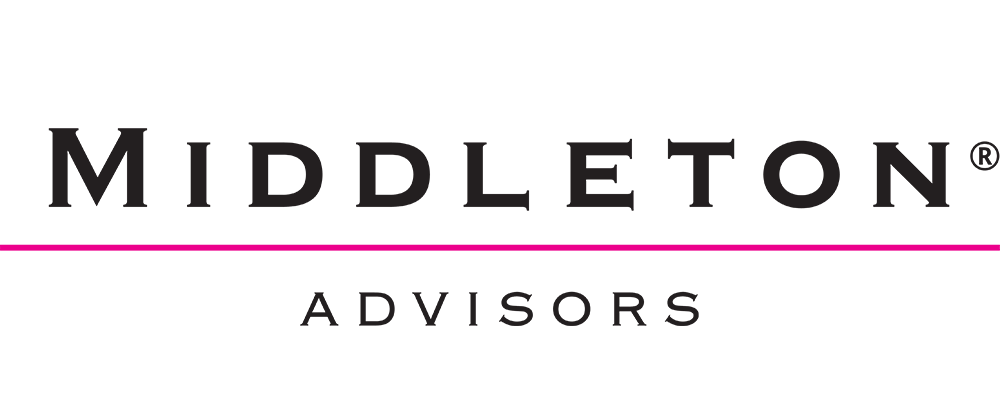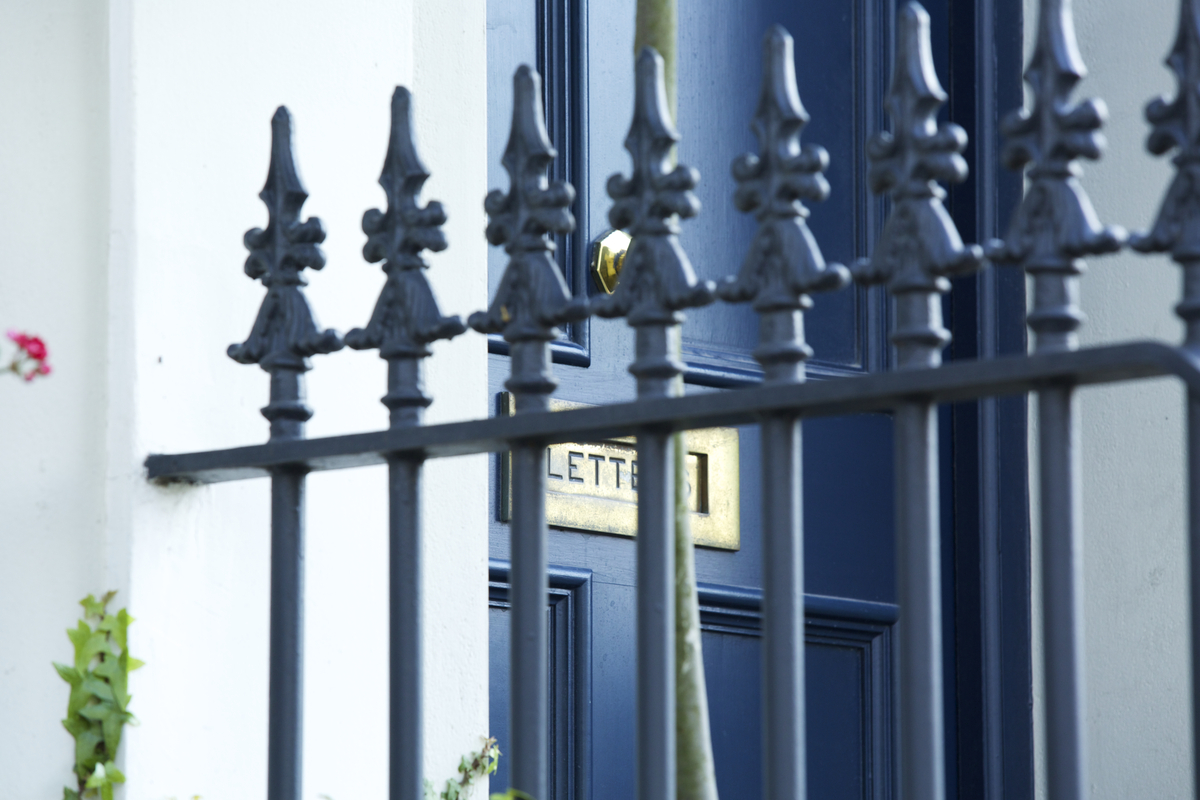Keep your name out of view.
Today, personal information is so easily accessible and can be instantly disseminated online, meaning protecting the privacy and security of your home has never been more crucial. For UHNWIs and those in the public eye, the visibility of their property online, potential press intrusion, and the amount of information available in public property records are legitimate concerns that pose significant threats…
Own the images.
Aside from approaching the transaction on a no-names basis via a broker, as well as putting in place non-disclosure agreements or confidentiality provisions, one of the first steps to take when thinking about your home’s privacy is to ensure you have control over the photos, videos and floor plans of your property. It’s standard for estate agents and developers to take photos and videos of the inside and outside of the property for marketing purposes. However, these can linger online long after the sale is completed, potentially compromising the privacy and security of you and your family. The media can republish these images without your consent and criminals could potentially obtain copies of the floor plans.
Always obtain the copyright in any photos and videos of your property before the sale is finalised. This can be included as a clause in your purchase agreement, as well as a requirement that the agents responsible for selling the house agree to remove the images from their website post-completion. Once you have copyright, you can demand the removal of these images from any website and search engine where they are published.
Restricting information on public registers.
– Land Registry

The ownership of all freehold and leasehold property in England and Wales is a matter of public record. This naturally gives rise to privacy and security concerns, particularly among HNW and/or high-profile individuals. The risks are reduced by the fact that the register can only be searched by property and not by the name of individuals, meaning that in reality it is not a straightforward way of identifying an individual’s home address.
That said, additional privacy protection can include using corporate entities or trust structures to purchase property. However, there are additional tax and reputational considerations to take into account when determining whether this is the most appropriate avenue. Increasing transparency in respect of corporate structures (and their beneficial owners) is another factor that must be considered.
– Planning applications
Planning applications can reveal a significant amount of information about your property, including detailed floor plans, security vulnerabilities and personal information that otherwise would not be in the public domain. The planning system is very much meant to be perceived as a transparent system, not just for neighbours to object, but also to allow other public bodies (such as environmental officers) to raise concerns if (for example) there are proposals to fell trees.
Post-purchase, legal requests can be made to local councils for the removal of problematic material included in historic applications.
For future works, you can hold a pre- application meeting with the council to try to persuade them that there is a good enough reason why certain information should not be published publicly.
Applications can also be submitted in the name of a planning consultant to preserve the owner’s identity. The aim here is to give the council a compelling reason for why the information should not be published.
Physical security measures.
Installing robust physical security measures is a crucial deterrent. This includes security cameras, alarms, reinforced doors, high fences, and hedges. These measures not only make your property more secure but also serve as a strong message that your home is not an easy target for intruders or paparazzi. There are security experts who specialise in advising on these matters, and it may be worth engaging one to conduct a comprehensive security assessment of your home.
Legal recourse for privacy invasions.
Despite taking all possible precautions, there may be instances where your privacy is invaded. This could take the form of the media (or individuals on social media) publishing private information about you or your property or paparazzi taking private photographs of you.
Where your privacy has been breached, it is advisable to take assertive legal action to enforce your rights by clearly signalling that such behaviour is unacceptable. This can be done directly with picture agencies and/or by engagement with the newspapers or other media outlets that publish the information.
Conclusion.
No method is foolproof and it is inevitable that there will nearly always be some traces of your information online. However, it is best practice to take appropriate precautions at an early stage, review the position from time to time, and bear in mind the old adage that prevention is better than cure.
Thanks. Oliver Lock, Farrer & Co. For more information, head to their website here.
© 2025 Middleton Advisors Our advice papers address top-level questions that are often raised over the course of our client relationships. This paper is not intended to offer binding advice and you should not proceed with any investment decision on the basis of the advice contained herein. We recommend that you undertake personalised consultation with Middleton or another professional advisor. Information accurate at publication date of September 2025.




